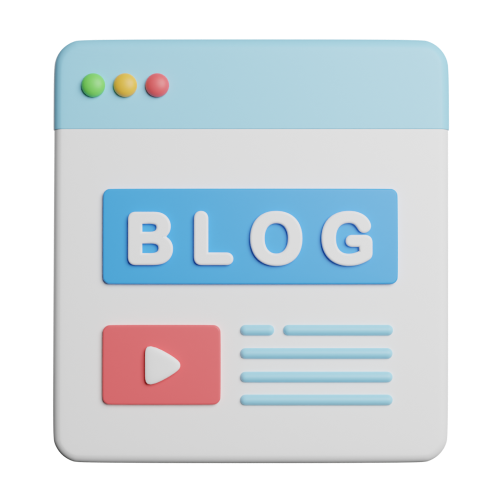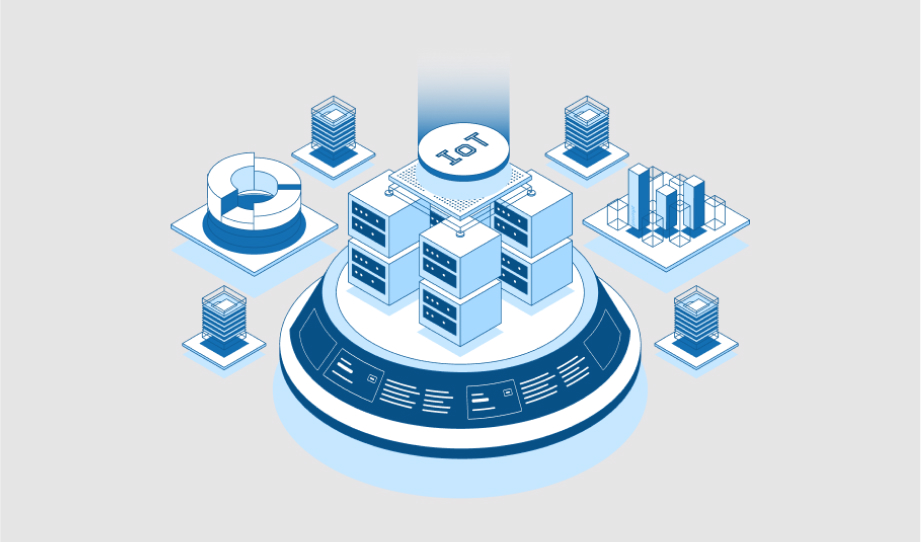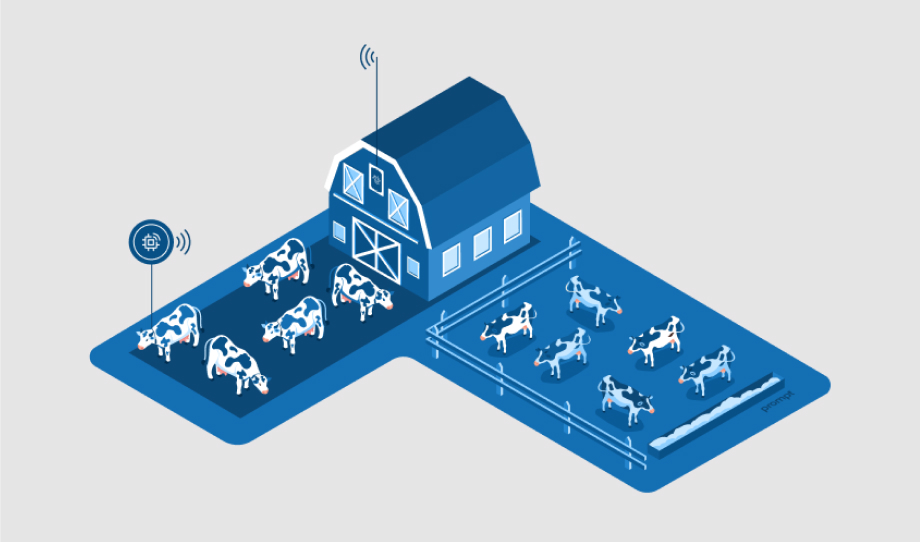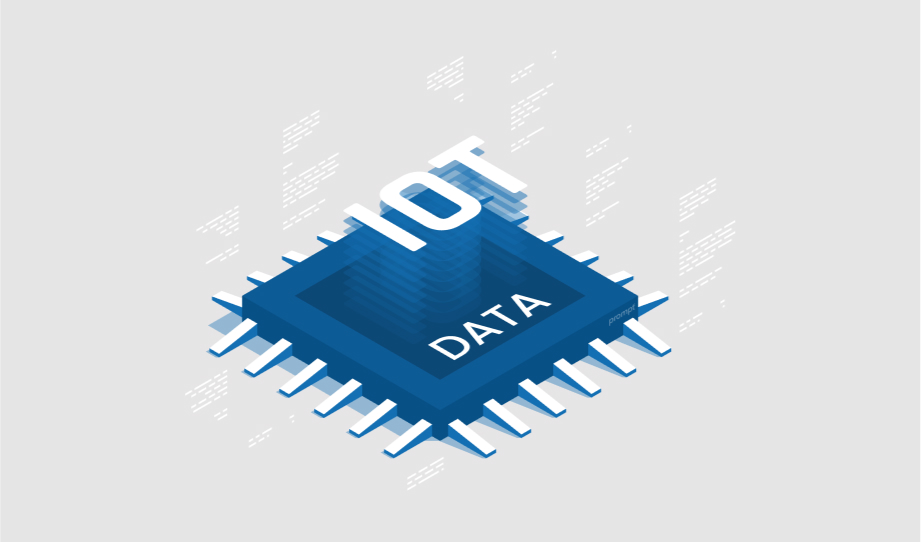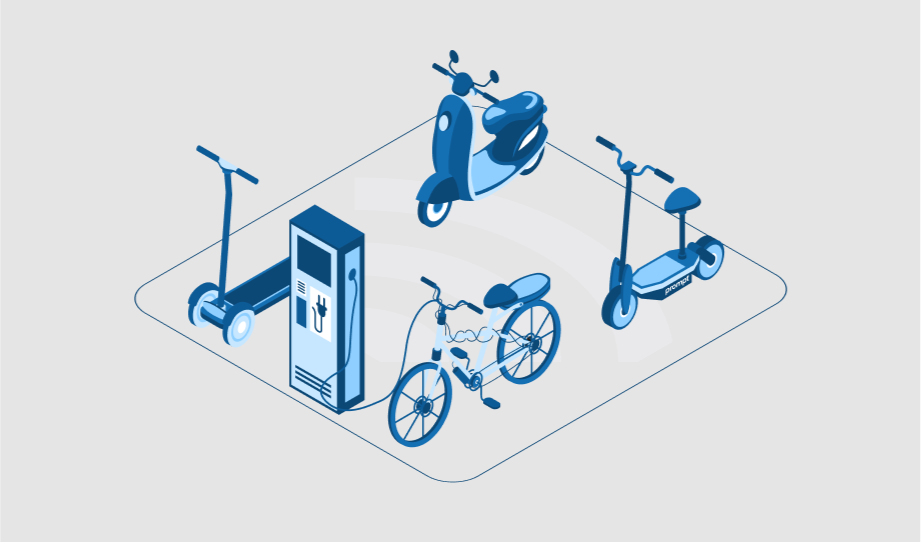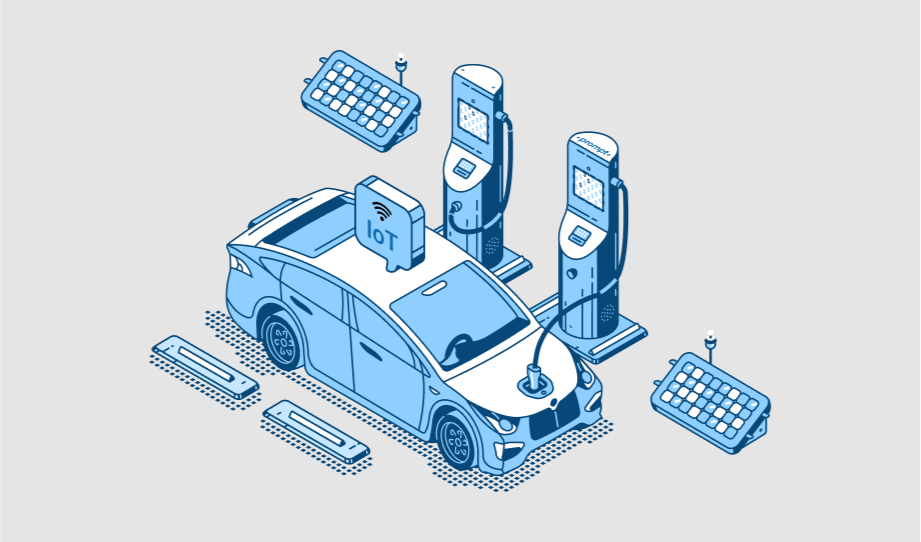How can Big Data be Integrated into Your Business to Improve Output?
Nowadays, information usage is soaring. This information, dubbed Big data, has expanded too large and complicated…
How to Address Data Management Challenges in IoT Using Fabrics
Whenever we talk about data management, the whole conversation remains incomplete if we do not mention…
IoT-Enabled Livestock Management: A Smart and Sustainable Approach
Food is a basic need for every living being, and the importance of the agriculture industry…
What is the Impact of IoT Data Analytics on your Business?
Today, if we observe the trend and business processes, we can express that IoT solutions are…
How IoT Boosts the Micro Mobility Market?
The Internet of Things is no new thing in the tech market. Just look around, and…
Role of IoT in Electric Vehicle Monitoring & Management
Today we are witnessing the temperature rise, and one of the major reasons behind this is…
